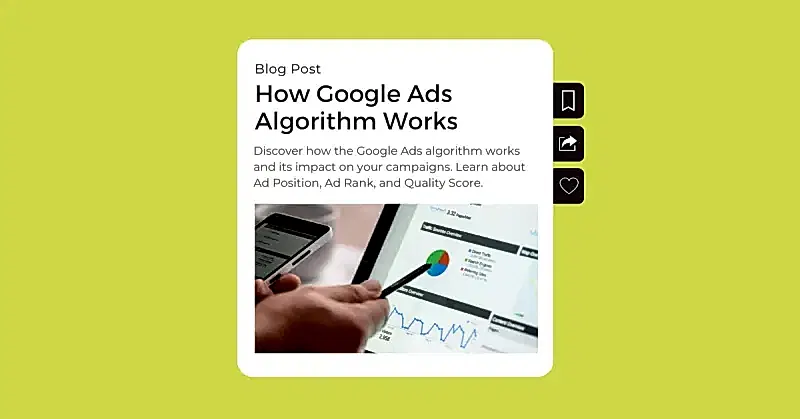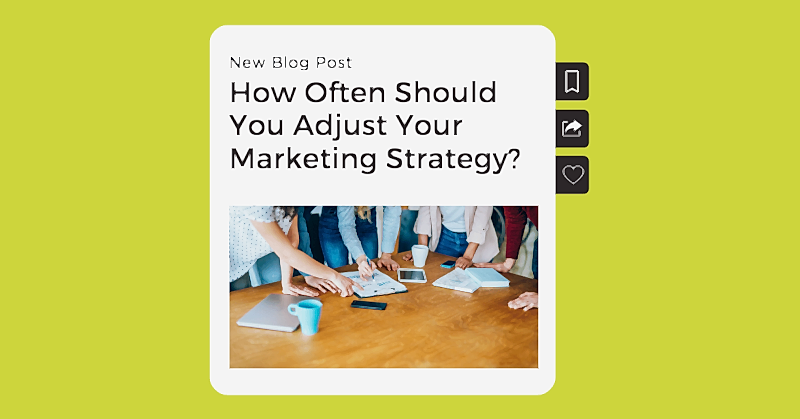Google Ads is one of the best options for gaining traffic and customers for your business online. This is true if (and only if) your ads are well-positioned on search engine result pages and for your keywords of interest. If that’s the case, how do you get Google Ads to work for you and your business? It’s all about the Google Ads algorithm. In reality, Google uses hundreds of algorithms to work its magic. Here are a few key algorithms that every person running Google advertising campaigns should know:
- Ad Position
- Ad Rank
- Quality Score
Google Algorithm is Big….Really Big.
Have you ever thought about how massive Google advertising really is? Google has to sort through billions of websites and content to find the most relevant and useful search results – all in just a few seconds – and present the results in the exact way that the searcher is expecting.
The search algorithms look at information and factors relating to things like:
- The meaning of your query
- The relevance of web pages
- The quality of the content
- The usability of web pages
- The context and settings
This shows that it’s not just a single factor that affects Google’s algorithms. There are many factors touching all aspects of your web pages, content, and keywords. Keyword identification and optimization are of particular importance since keywords are the basis of each and every search query.
More importantly, there’s not a single “trick” that you can use to try to hack Google’s algorithms because it gets regular updates. Therefore, it’s essential for your marketing team to have a good grasp of the latest updates about how Google Ads works. Make timely adjustments by learning about the updates and adjust your campaigns accordingly. More importantly, it would help if you didn’t focus on trying to beat the algorithms. Instead, understand them and create truly great ad campaigns that speak to your potential customers.
Let’s get one step closer to that goal and start by understanding the main Google algorithms: Ad Position, Ad Rank, and Quality Score.
Ad Position
According to Google, “Ad position is the order of your ad in the auction results as compared to other ads. For example, a “1” ad position means an ad was the first shown, with no other ads ahead of it.”
Google goes on to explain that an ad with a position of “1” doesn’t mean your ad is above the organic search results. If the layout of the page features paid ads above organic results, then a #1 ad position would be the first to appear there or the first to appear below or beside the organic results.
On a Google SERP, ad position can affect your ad’s location on the page. Your ad can appear at the top, side, or bottom of the page. Prominence metrics will give you a greater sense of your ads’ location on SERPs. The top metrics include impression rate/share and lost share. A couple of ways to improve these metrics include improving ad/landing page quality and increasing your bid.
The better your ad position, the higher the chance that searchers will see and click on your ad. And how do you get a high ad position? This is where the second Google Ads algorithm comes into play: Ad Rank.
Ad Rank
Google calculates the Ad Rank for ads in the ad auction, and your rank directly translates to your Ad Position. With an Ad auction, anytime a user performs a Google search, Google runs an auction for clicks. To participate in the auction, you bid on your keywords of interest. The auction decides which ads will be shown for that search.
At a high level, Google takes these factors into account when determining Ad Rank:
- Bid: Maximum amount you’re willing to pay for a click on your ad.
- Ad and landing page quality: Helpfulness of ads and landing pages as determined by the Quality Score.
- Ad Rank threshold: Quality thresholds set by Google in order to show an ad.
- Ad auction competitiveness: Difference in Ad Rank between you and other bidders.
- Search context: Whether the ad is relevant to the search terms, location, device, other search results, etc.
- Expected impact of ad extensions and format: Google’s measurement of the expected performance impact of any ad extensions and other ad formats.
Quality Score
This is one of the most subjective metrics on Google Ads and deals with the quality of your Google ad campaigns. Quality is important because Google’s goal is to give searchers exactly what they’re looking for. What’s more, if your Quality Score is too low, your ad might not even be eligible for the ad auction.
Quality Score is measured as a number from 1 to 10. 1 being the lowest and 10 being the highest. This is comprised of three elements:
- Expected Click-through Rate
Based on the historical CTR of keywords, ads, ad extensions, formats, campaigns, and more. Your CTR gives you an idea of how keywords and ads are performing. A high CTR means users find your campaigns useful and relevant. - Ad relevance
Google’s main goal is to figure out how relevant your ad is to the search query, so keywords are of the greatest importance here. It also looks at cohesion between keywords, ad copy, and landing page copy. - Landing page experience
This analyzes how easy-to-use, helpful, and high-quality your landing page is in terms of page loading time, navigation, content, etc.
Though this is the final portion of the overall algorithm, the effects of Quality Score can be felt all the way at the top, as it can lead to lower costs, better ad position, and better performance.
These three components or individual algorithms are individual but all connected and impact your use of Google Ads. You can’t improve your Ad Position without looking into your Ad Rank, and you can’t improve your Ad Rank without understanding your Quality Score.
Above all, these must be combined with the intention to create high-quality content for potential customers. Only then will you get Google Ads to work successfully for your advertising campaigns. It’s a lot of work, but it’s well worth the effort. Confused about where to begin? Interested in perfecting your online campaigns? Get in touch with us here at Onya today!








